10 Animals That Are Way Smarter Than Your Dog
Dogs get a lot of credit for being clever, and fair enough—they’re good at learning tricks and making eye contact when snacks are involved. But if you think your pup is sitting near the top of the animal IQ chart, it might be time for a reality check. Several species have exceeded expectations and left researchers stunned by what their brains can do.
Octopuses Outsmart Lab Puzzles
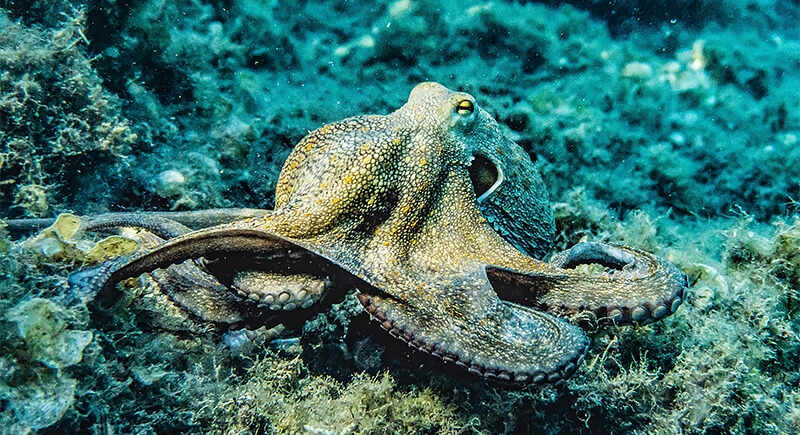
Credit: pexels
Octopuses’ brains are structured with impressive complexity. Most of their neurons aren’t in their head but in their arms, which means each limb can function semi-independently. Scientists have observed them using coconut shells as portable shelters and recognizing individual humans, even when wearing identical uniforms.
Crows Crack Codes And Nuts
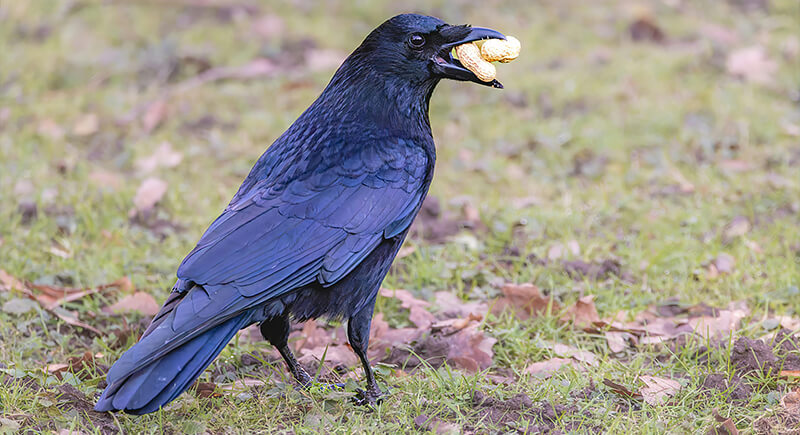
Credit: pexels
In Japanese cities, crows place nuts in intersections and wait for cars to crush them. When the light turns red, they swoop in to collect the snack. That’s tool use, timing, and traffic awareness. In labs, crows bend wires into hooks to grab out-of-reach objects. They also remember faces and hold grudges.
African Grey Parrots Hold Conversations

Credit: pexels
One African grey parrot named Alex could count, recognize shapes, and understand abstract concepts like “same” and “different.” Another, Griffin, went head-to-head with Harvard students in memory tests and held his own. Researchers say their abilities rival those of toddlers, and they often show off just how much they’ve learned—without being prompted.
Rats Recognize Themselves And Play Games
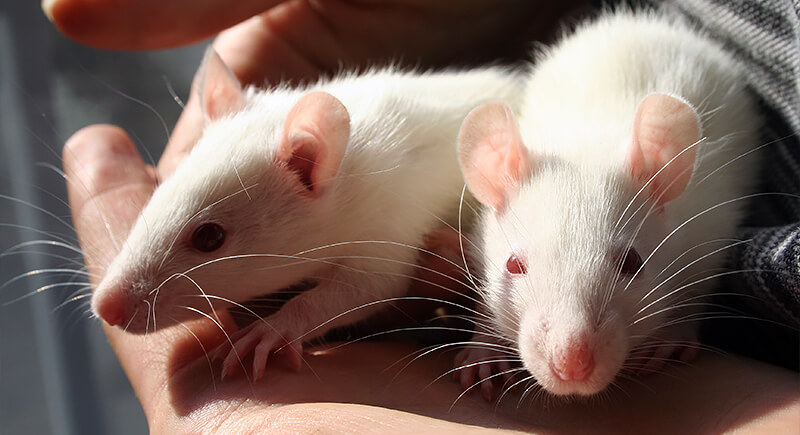
Credit: Wikimedia Commons
Lab rats have amazed scientists for decades, but recent studies pushed things further. Trained rats have sniffed out landmines and tuberculosis with better speed than humans. They’ve also been taught to play hide-and-seek with researchers.
Pigs Solve Mazes And Use Mirrors

Credit: pexels
Pigs are capable of understanding reflection well enough to use mirrors to locate hidden food. That’s no easy task—it shows spatial awareness and memory. Young pigs learn quickly, and researchers note their ability to remember tasks long-term. They’re also emotionally complex and capable of deceiving other pigs during food stashing.
Elephants Grieve And Collaborate

Credit: pexels
Elephants mourn lost companions and recall water locations years later. In the wild, they strip branches to use as fly swatters. In controlled settings, they’ve cooperated on tasks that required multiple animals pulling ropes together. Their brains weigh over 10 pounds and contain more neurons than a human brain.
Bonobos Understand Turn-Taking

Credit: Wikimedia Commons
Bonobos share over 98% of human DNA and use gestures in conversations that resemble human turn-taking. They’ve mastered symbol boards and lexigrams to express thoughts. One study showed bonobos would share food voluntarily with others who hadn’t received any, even if there was no reward.
Raccoons Unlock Problems—Literally
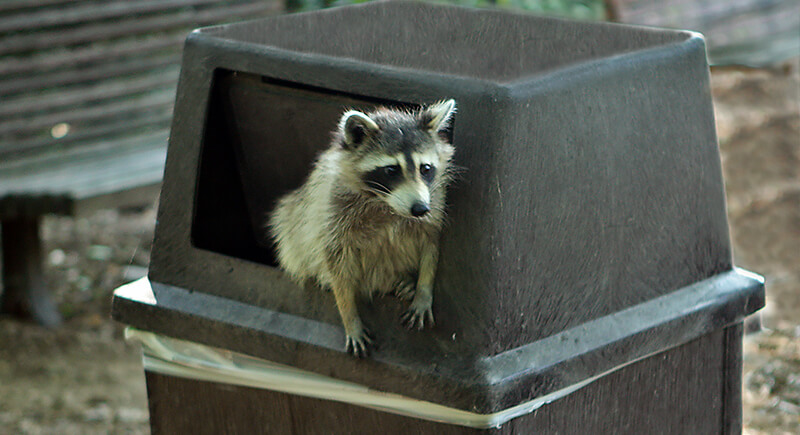
Credit: Wikimedia Commons
In an early 20th-century study, raccoons were able to unlock complex latches and later remembered how to do it. Modern research confirms their problem-solving skills, especially in urban environments where they raid trash bins with surgical precision. Once they learn how something works, they rarely forget, even months later.
Bees Can Learn From Each Other
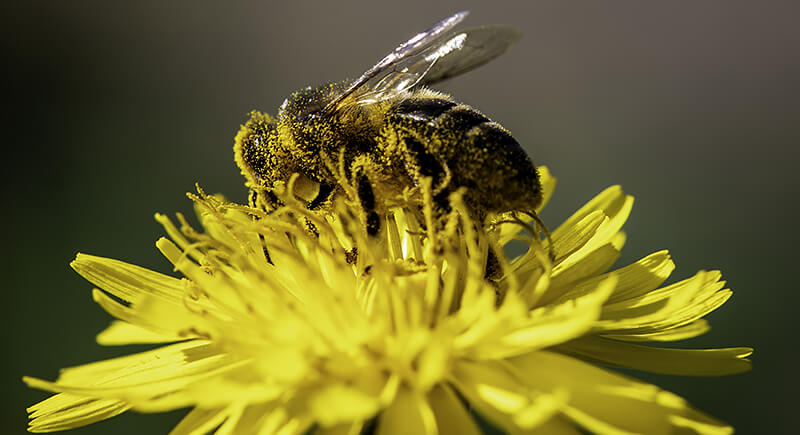
Credit: Wikimedia Commons
Some researchers believe that bees may possess basic forms of cultural learning. Bees use the waggle dance to tell hive mates where to find nectar. Beyond that, they’ve been seen pulling strings to get rewards and passing that knowledge to other bees.
Orangutans Plan Ahead
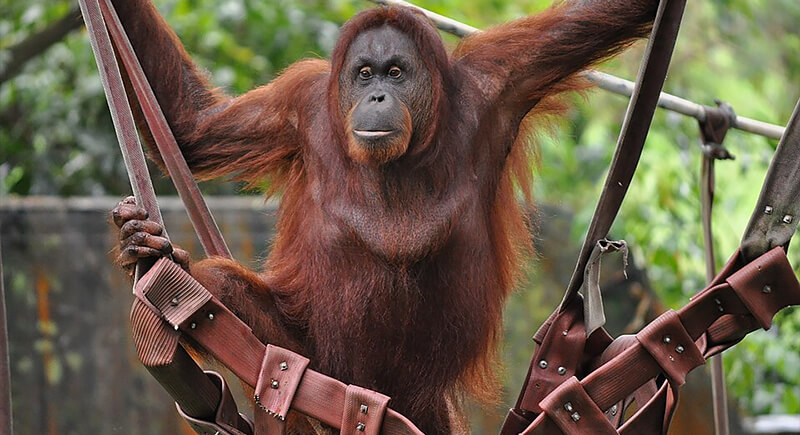
Credit: Wikimedia Commons
Orangutans make tools in the wild, but one in captivity took it a step further. Fu Manchu, an orangutan at Omaha Zoo, hid a lock-picking tool in his mouth to break out of his enclosure repeatedly. In studies, orangutans weighed trade-offs when bartering and even showed restraint for better rewards.
Whales Coordinate With Precision

Credit: Wikimedia Commons
Humpback whales work together to hunt using “bubble net” feeding. One group member starts by circling prey and blowing bubbles to corral fish upward, then others join in synchronized feeding. Orcas, another whale species, use distinct dialects, recognize pod members after years apart, and have been observed mourning a loss.
Capuchin Monkeys Trade And Track Fairness
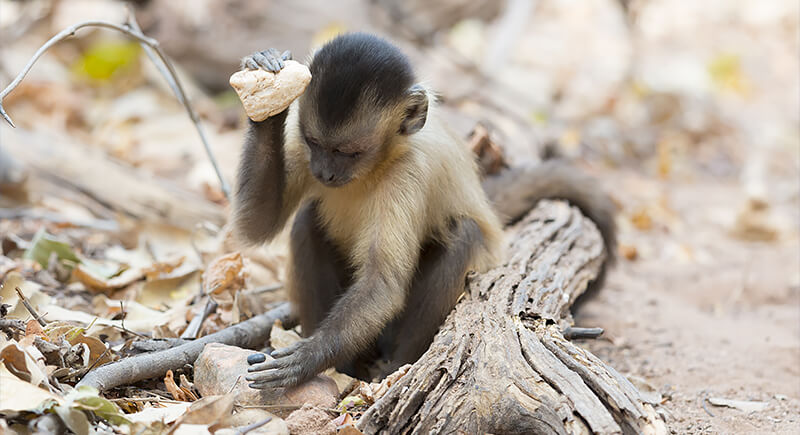
Credit: Wikimedia Commons
If one capuchin monkey saw another get a grape for less effort while it only received a cucumber, it often protested or refused to cooperate. This sense of fairness hints at complex emotional and social intelligence. Capuchins have also learned to use tools like rocks to crack nuts.
Cuttlefish Show Self-Control
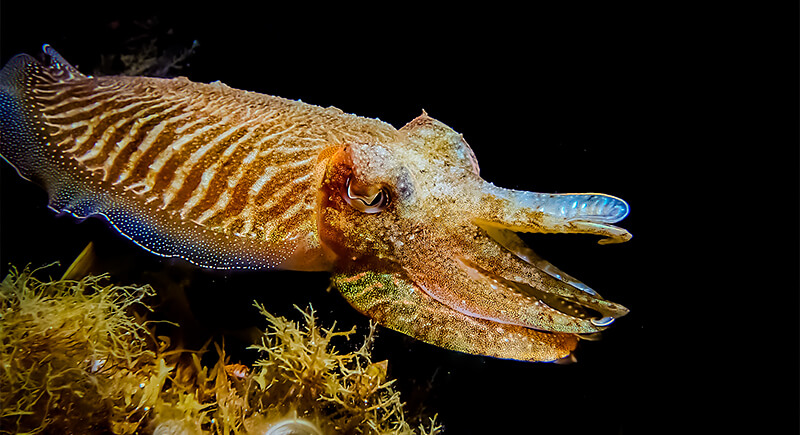
Credit: Wikimedia Commons
Cuttlefish have passed a version of the “marshmallow test,” waiting to eat a less-preferred snack in exchange for a better one. Those who waited longer also performed better in learning tasks. It’s rare to see that kind of impulse control in non-mammals, let alone creatures with bodies built for camouflage.
Magpies Recognize Themselves

Credit: pexels
Magpies are among the few non-mammals that pass the mirror test. Scientists marked their feathers with colored stickers, and the birds tried to remove the marks after seeing their reflection. Intelligence here seems tied to the social environment.
Squirrels Fake Out Thieves

Credit: pexels
When squirrels feel watched, they pretend to bury food in one spot and hide it elsewhere. This bluffing behavior, called deceptive caching, throws off rival squirrels. In cities, they’ve adapted to traffic patterns and find creative ways to reach bird feeders. They also organize their food by type and location.